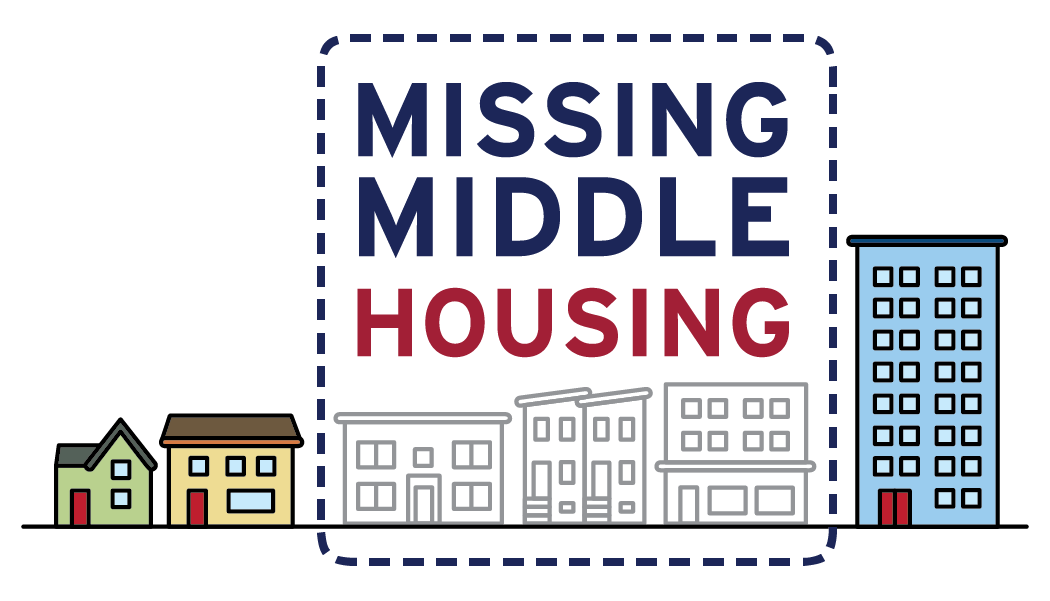
The State of Housing in Arlington
Today, even middle-income Arlingtonians struggle to afford adequate housing.
New single-family homes and townhomes bear the brunt of these higher costs while smaller apartments and condos tend to be more affordable. This gap has expanded in recent years: From 2015 to 2019, the cost of detached homes in Arlington increased an average of 12-21% while the cost of attached homes has risen 3-9% on average.
The relatively low supply of modestly-sized homes contributes to these affordability challenges. Despite the fact that attached homes—even townhomes and duplexes—are generally more affordable than detached homes, 73% of residential land in Arlington is zoned for single-family homes.
Easing some of Arlington’s restrictive housing policies will help preserve Arlington’s charm and character while making it a place that many of our friends, children, and neighbors can also afford to call home. Re-legalizing Missing Middle Housing offers a low-impact path towards a county that is for everyone.
Visualizing Arlington’s Housing Supply
73% of Arlington’s residential land is occupied by single-detached homes while making up just 24% of the county’s housing supply
Distribution of Housing Units by Type and Land Use (%)
Single-detached housing makes up less than a quarter of Arlington’s housing supply but takes up nearly three-quarters of the county’s residential land.
As of 2019, there were nearly 120,000 housing units within Arlington’s 26 square miles. Single-detached homes—which are generally the most expensive option for homebuyers—take up a disproportionate amount of land in the county. In comparison, duplexes and townhomes offer a more efficient path for land-use.
Net Production of Residential Units 2010-2019 (%)
Source: Arlington County, CPHD, Director's Office, Development Tracking Database 2009-2019
Arlington produced roughly 11,370 housing units from 2010-2019 (net of demolitions), with the vast majority being mid- to high-rise apartments.
These new apartments are located primarily in Arlington’s Rosslyn-Ballston and Richmond Highway Metrorail Corridors, and the Columbia Pike Corridor.
Less than 10% of the net increase in housing supply from 2010-2019 was in ownership stock. Just 1% of new units were single-detached homes, with the 1,554 newly built units being largely offset by the 1,448 single-detached demolitions.
Explore Arlington County’s Missing Middle Housing Study
As a part of the ongoing Missing Middle Housing study, Arlington County released five bulletins offering background on Arlington’s housing supply, an overview of housing affordability, zoning history, and more:
Uncovering the History of Race and Housing in Arlington
The history of segregation, discrimination, and unequal access to housing continues to plague communities across our nation, including our own.
While Arlington’s population has grown to include immigrants from all over the globe, housing in our County remains segregated. In fact, in many ways zoning rules that govern Arlington’s residential areas have become more restrictive over time, while only a small part of the county’s land was made available to meet the growing housing needs of the area.
We know that we have outdated systems in place that have benefited some while leaving others behind because of the color of their skin. As the County prepares to update its Affordable Housing Master Plan and launch a study of Missing Middle Housing we must ask ourselves: Are we ready to dismantle the walls of indifference once and for all and build an Arlington where people of all walks of life are welcome and can afford to live?






